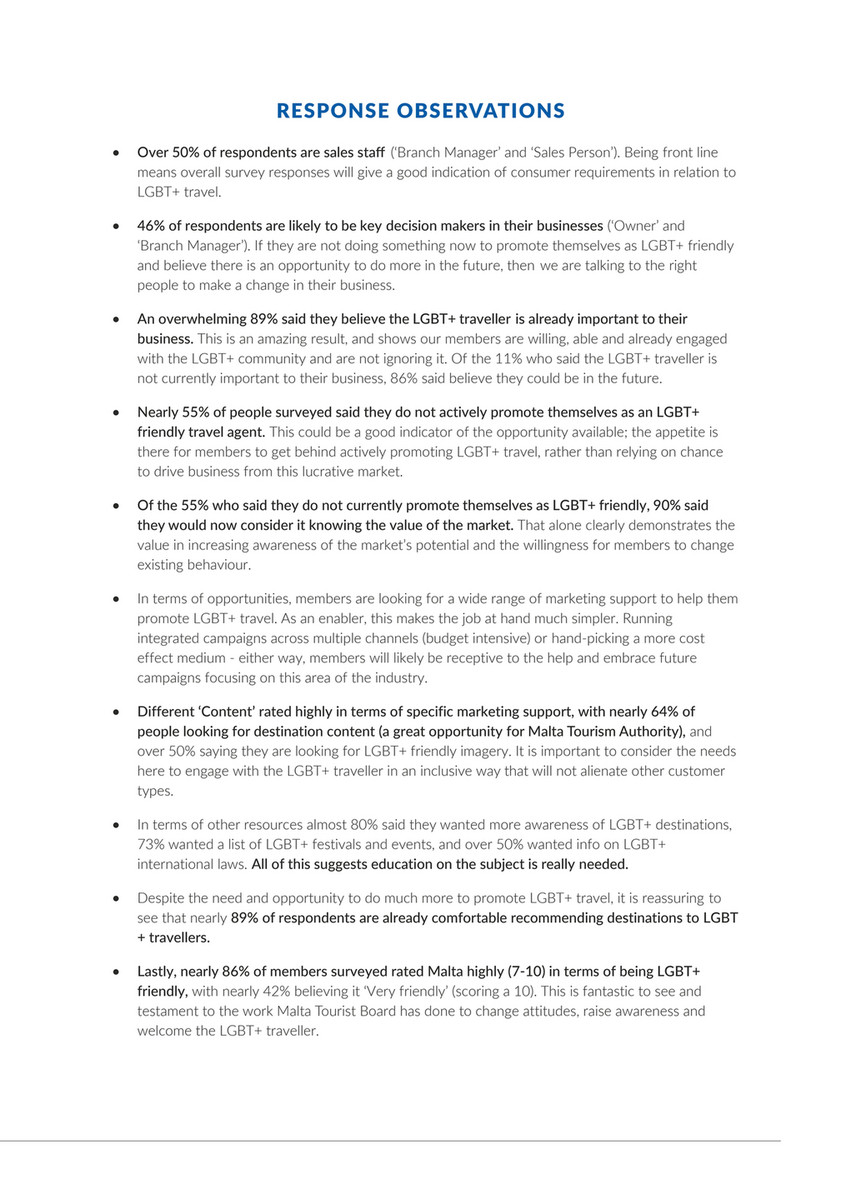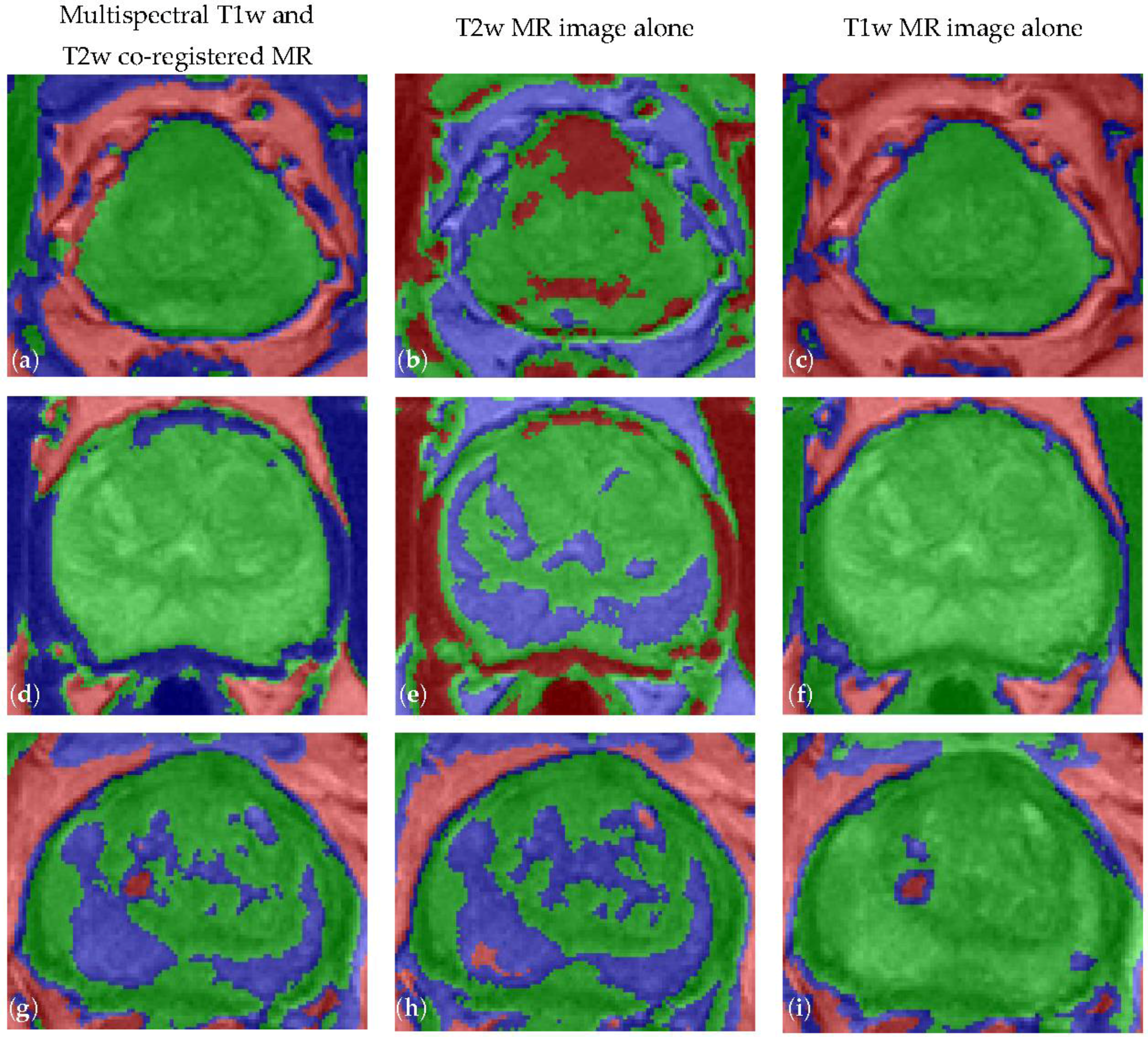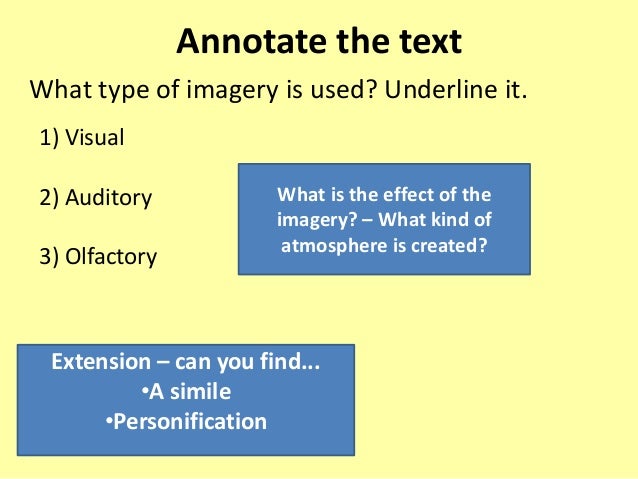

Changes along each of these experiential dimensions reflect changes in activity within partly separate brain networks. Recent research demonstrates that hypnotic states are characterized by mental relaxation, absorption, reduction in orientation toward time and sense of self, and automaticity.

Great advances have been made since the Royal Commission on Animal Magnetism concluded in 1784 that Mesmer’s procedure produced authentic clinical effects that were probably explained by the patient’s imagination. McMahon FMedSci, FSB, in Wall & Melzack's Textbook of Pain, 2013 Conclusion The level of residual motor function necessary, the capacity for imagery in patients with brain lesions, the necessary intensity of practice, and efficacy are works in progress. As for many meta-analyses of rehabilitation interventions, major limitations were small sample sizes and lack of reporting of methodological details, resulting in uncertain evidence quality ( Thieme et al., 2018). Action-observation therapy shows modest benefit for task practice with the affected upper extremity after stroke. A Cochrane analysis indicated evidence for the effectiveness of mirror therapy for improving upper extremity motor function, motor impairment, ADLs, and pain, at least as an adjunct to conventional rehabilitation for people after stroke. This form of practice is routinely used by athletes and dancers before a performance to reactivate in working memory the representation of a motor memory. Observing another person make a movement activates mirror neurons imagining a movement evokes activity in cell recordings and by fMRI in some of the same neurons in the primary and nonprimary motor regions and parietal lobe as with performing the movement. The speaker sounds like she is mourning or lamenting.Joseph Jankovic MD, in Bradley and Daroff's Neurology in Clinical Practice, 2022 Mirror Therapy and Imagery “Alone, all alone” (assonance) – The repetition of the “a” vowel sound gives the line a sad musical quality as it flows off the tongue. The speaker sounds confident with the repetition of the word “I.” “And I don’t believe I’m wrong” (assonance) – The repetition of the long “i” vowel sound creates assonance. The sound makes the speaker appear tired and restless. “Lying, thinking” (assonance) – The repetition of “ing” in both words creates assonance with the “i” vowel sound. “Where water is not thirsty” (alliteration) – The “w” consonant sound is repeated in “where” and “water.” The words do not flow well together and parallel the desperation of failing to find spiritual nourishment. “Now if you listen closely” (alliteration) – The “s” consonant sound is repeated in “listen” and “closely.” The “s” sound makes one think of the word “secret,” as if the speaker is about to tell a secret. The “n” sound gives emphasis to the negativity and emptiness of the word (as the word “no” is contained within “nobody”). “Nobody, but nobody” (alliteration) – While the word “nobody” is technically repeated, the “n” consonant sound is also an example of alliteration. Their souls are slowly dying, as their money cannot buy them happiness. The wives’ behaviors and feelings mirror the alarm and anxiety of a wailing spirit expecting death. The wives of millionaires are presumably spending their fortune constantly and filling their days with useless activities until one day they die. “Their wives run round like banshees” (simile) – In Irish folklore, banshees are female spirits who wail about impending death.

The speaker is so deprived of spiritual and religious connection that even water is thirsty. Christ says that whoever drinks the water he provides well never thirst again. “Where water is not thirsty” (metaphor) – The speaker once again lacks spiritual nourishment. The bread loaf is a Biblical allusion, suggesting that the speaker is deprived of religious comfort as well. “And bread loaf is not stone” (metaphor) – The speaker lacks spiritual nourishment. For this reason, doctors cannot cure them of their depression. “To cure their hearts of stone” (metaphor) – The wealthy people are so deeply isolated and disconnected from human emotion that they are incapable of feeling anything.


 0 kommentar(er)
0 kommentar(er)
